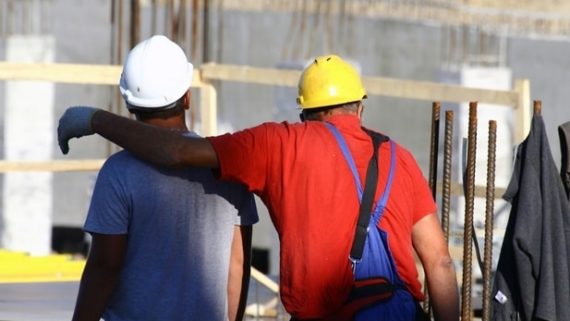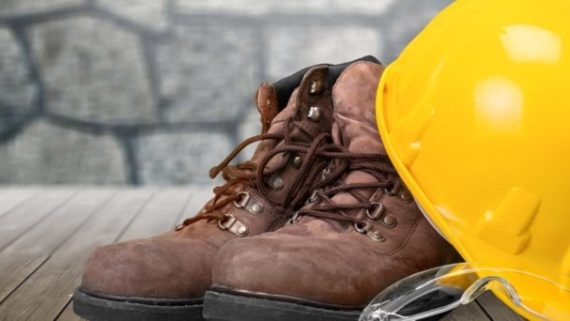Building Safety Group, the UK’s largest construction safety group, has reported a 42% rise in the number of ‘Hand Arm Vibration’ non-compliances recorded through site inspections.
The increase is based on over 20,000 independent inspections conducted during 2016, which compares the first six months with the second six months of the year.
Exposing workers to the risks of ‘Hand Arm Vibration Syndrome’ can result in symptoms such as such as tingling, pins and needles, numbness and pain in the affected persons’ hands. The condition can affect sleep when it occurs at night and cause difficulties in gripping and holding things.
In 2015 there were 635 new hand arm vibration syndrome related claims compared to 610 and 580 in 2014 and 2013 respectively.
A recent case saw Thanet District Council fined £250,000 for not protecting workers’ health when a worker was left with permanent injuries after being diagnosed with the illness.
The number of noise related non-compliances has also increased, with a 33% rise in the number of infringements recorded.
Noise at work can cause hearing damage that is permanent and disabling. This can be hearing loss that is gradual because of exposure to noise over time, but also damage caused by sudden, extremely loud noises.
There were, however, encouragingly large drops for dust and fume (down 20%) and manual handling (down 11%) non-compliances, which both saw significant falls.
BSG’s announcement coincides with a series of recent HSE blitzes which have focused on these areas, frequently leading to fee for intervention penalties being imposed.
“Everyone controlling construction site work has ‘health’ and not just ‘safety’ responsibilities” commented Paul Kimpton, Managing Director at the Building Safety Group.
“Checking that working conditions are healthy before work begins is essential for safeguarding against the too often devastating impact of illnesses related to Occupational Health.
“This of course requires careful planning and organisation beginning with the implementation of ‘Health Surveillance’ to monitor workers who are exposed to risks such as HAVS and Noise.
“So it is critical that companies regularly review their systems and procedures to ensure they are compliant with UK legislation and that their workforces are protected.”





